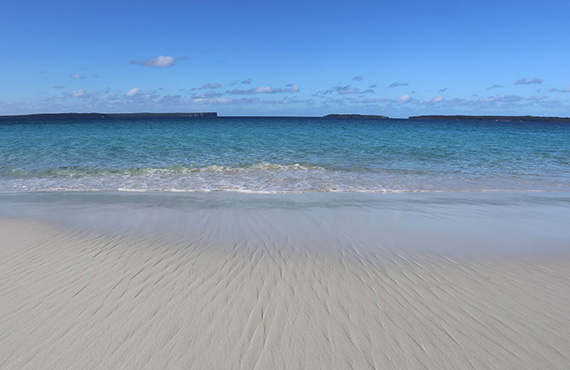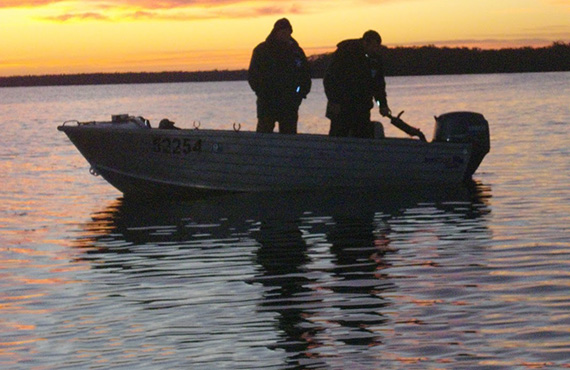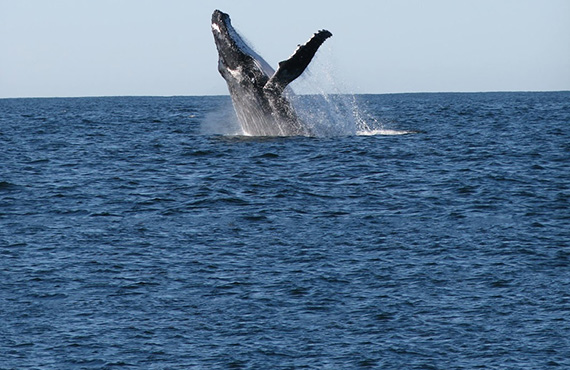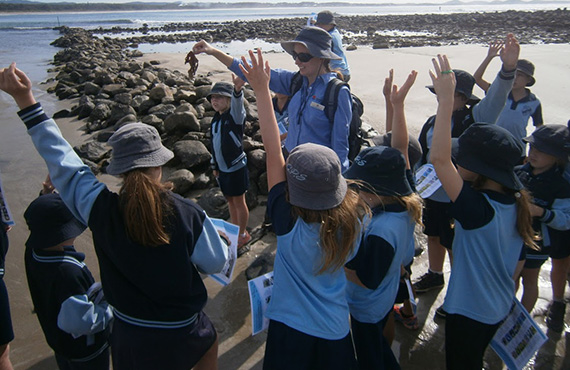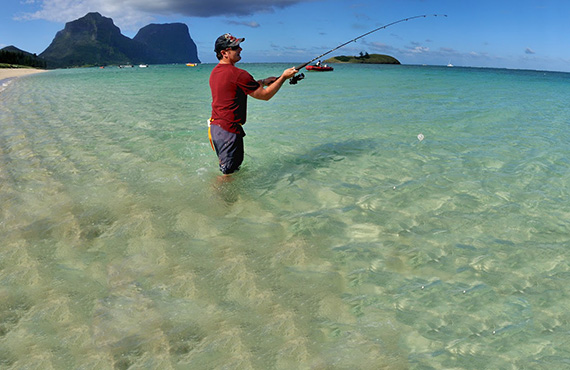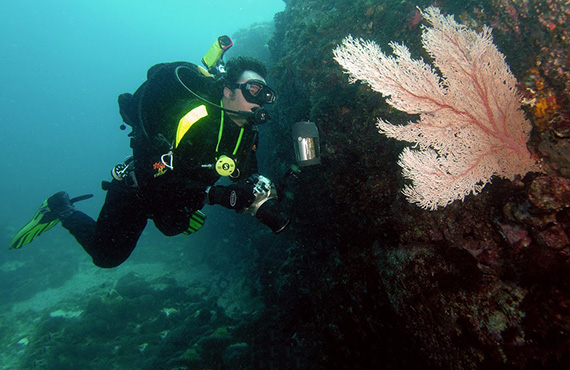
Cape Byron Marine Park
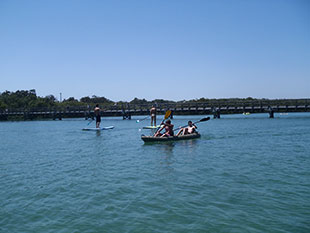
Cape Byron Marine Park on the NSW far North Coast extends approximately 37 km along the coastline from the Brunswick River northern training wall to Lennox Head.
The marine park includes:
- approximately 220 km2 of NSW state waters from the mean high water mark to three nautical miles offshore;
- tidal waters of the Brunswick River and its tributaries;
- Belongil Creek and Tallow Creek.
Map of Cape Byron Marine Park
The park was established in November 2002 and its zones and management rules commenced in May 2006. Changes to rules regarding fishing from some ocean beaches and headlands were introduced in June 2018.
The marine park Zoning Map (PDF, 1780.93 KB), User Guide (PDF, 525.8 KB) and the FishSmart NSW app provide information about the current zoning arrangements and management rules.
Some of the content on this page may not be fully accessible. To obtain an accessible version of this content please email marine.environment@dpi.nsw.gov.au
Why Cape Byron Marine Park is unique
The marine park conserves many subtropical marine habitats which support high levels of biodiversity including some threatened and protected species. It is strongly influenced by the East Australian Current (EAC) as warm waters from the north come together with cooler waters from the south.
Julian Rocks is home to many fascinating animals, including sharks, rays, turtles, eels, starfish and corals.
Aboriginal communities have lived alongside and used the marine park's resources for many thousands of years. The Bundjalung People of Byron Bay (Arakwal) have a strong association with land and sea in the park's northern parts while the Jali people have a similar association with the southern section.
The marine park takes in many sites of cultural significance to Aboriginal people. It is adjacent to the Arakwal National Park, a protected area declared following the Indigenous Land Use Agreement between the traditional owners and the NSW Government.
Things to do and see
Cape Byron Marine Park offers plenty of activities and opportunities to explore. Check out what to do and see:

